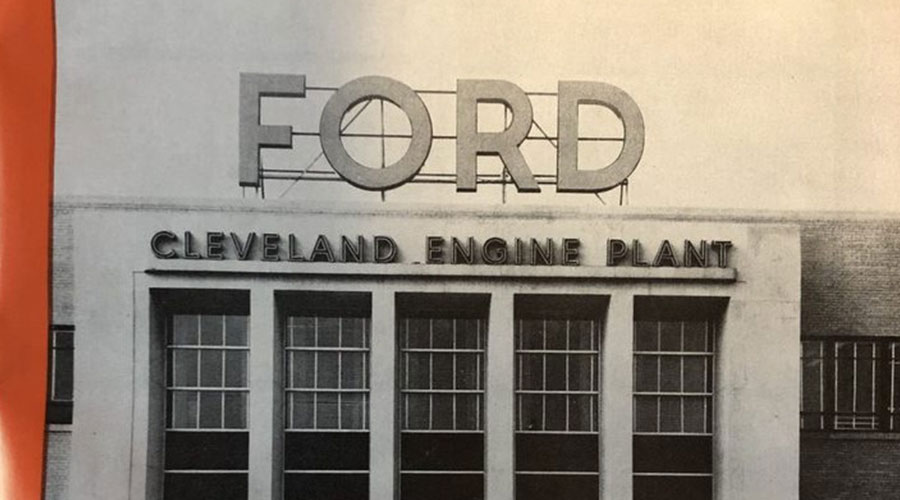Capital Renewal: Don't Be A Headline
Skimping on investment in maintenance, repairs, and replacement of building systems will make even the best buildings obsolete.
By Edward Sullivan, Editor
It is never good when capital renewal makes the headlines, and that has happened twice lately here in Milwaukee.
In one case, capital renewal actually became an issue in a local political race. Falling chunks of concrete from one of the county’s horticultural domes — three 85-foot-tall beehive-shaped glass domes constructed in the 1950s and 1960s — caused the local landmarks to be closed for repairs. The county executive’s challenger tied the problem to “historic levels of deferred maintenance” and promised to fight for dedicated funding for parks and cultural institutions. While deferred maintenance made the news, it didn’t decide the election; the incumbent, who suggested he would be open to tearing down the domes and starting over, won re-election.
The second building — Marion Center for the Nonprofits — only made headlines in the weekly neighborhood newspaper. The Sisters of St. Francis of Assisi, who own the building, announced that they were closing the center. They’ve known for years that the building needed extensive work, according to reports, and had developed a plan to convert it to affordable housing units, but the plan died amid political controversy and funding difficulties. Since then, $1 million has reportedly been spent on upgrades, but addressing all the needs of the place would have required the religious order to triple the rent, which would have been incompatible with its mission.
Neither of these two stories involves typical commercial and institutional buildings. But capital renewal can become an issue for any building. Without an ongoing investment in maintenance, repairs, and ultimately replacement of building systems, any facility will become dated, dysfunctional, and potentially dangerous. Too often, facility managers hear that the money just isn’t there. But it’s important to keep making the case. While the final decision isn’t up to you, it’s your job to make sure the organization isn’t surprised when the bill for deferred maintenance, whether in dollars or in failures, comes due.
Tell me what you think at myfacilitiesnet.com/edsullivan.
Related Topics:












